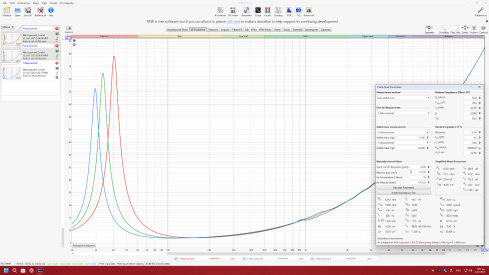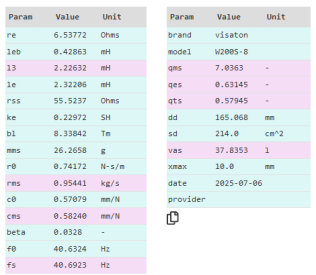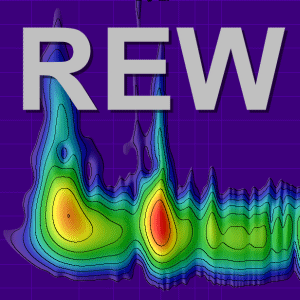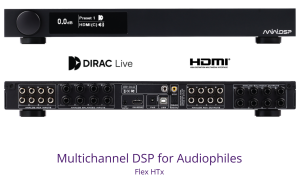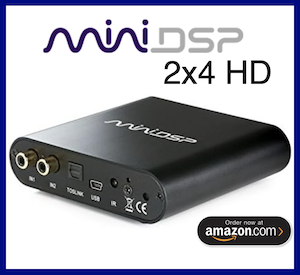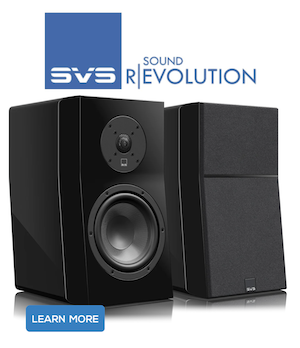Hi everyone,
I’m a beginner and I’ve just tried to measure the T/S parameters of my Visaton W200S‑8 (8 Ω).
I followed the method described on A4E Audio’s page “DIY Impedance Jigs and Measuring Impedance in REW”.
Here is what I did:
Audio interface: MOTU M2, using the headphone output.
Impedance jig: Impedance Jig 2 with a 100 Ω sense resistor.
Measurement method: Added Mass, first with 20 g and then with 35 g.
The woofer was hanging free in air, not mounted in any box.
Room temperature was 20 °C.
The woofer is new but has already played about 2 hours of relaxed music at moderate level to loosen up a bit.
My results:
ini
fs = 41.5 Hz
Qts = 0.579
Vas = 35.54 L
The official datasheet says:
ini
fs = 30 Hz
Qts = 0.33
Vas = 50 L
That’s a big difference!
My questions:
Is it normal to see such big differences on this woofer?
Is it because it’s still new and not fully broken in?
Or did I do something wrong in the measurement process?
I would really appreciate any advice or experiences from others who have measured this driver.
Thanks a lot in advance!
I’m a beginner and I’ve just tried to measure the T/S parameters of my Visaton W200S‑8 (8 Ω).
I followed the method described on A4E Audio’s page “DIY Impedance Jigs and Measuring Impedance in REW”.
Here is what I did:
Audio interface: MOTU M2, using the headphone output.
Impedance jig: Impedance Jig 2 with a 100 Ω sense resistor.
Measurement method: Added Mass, first with 20 g and then with 35 g.
The woofer was hanging free in air, not mounted in any box.
Room temperature was 20 °C.
The woofer is new but has already played about 2 hours of relaxed music at moderate level to loosen up a bit.
My results:
ini
fs = 41.5 Hz
Qts = 0.579
Vas = 35.54 L
The official datasheet says:
ini
fs = 30 Hz
Qts = 0.33
Vas = 50 L
That’s a big difference!
My questions:
Is it normal to see such big differences on this woofer?
Is it because it’s still new and not fully broken in?
Or did I do something wrong in the measurement process?
I would really appreciate any advice or experiences from others who have measured this driver.
Thanks a lot in advance!








